Wind-In-Winter (The Impact of Wind on Wintertime Inshore Fishing)
- By: Richard Natoli
- on
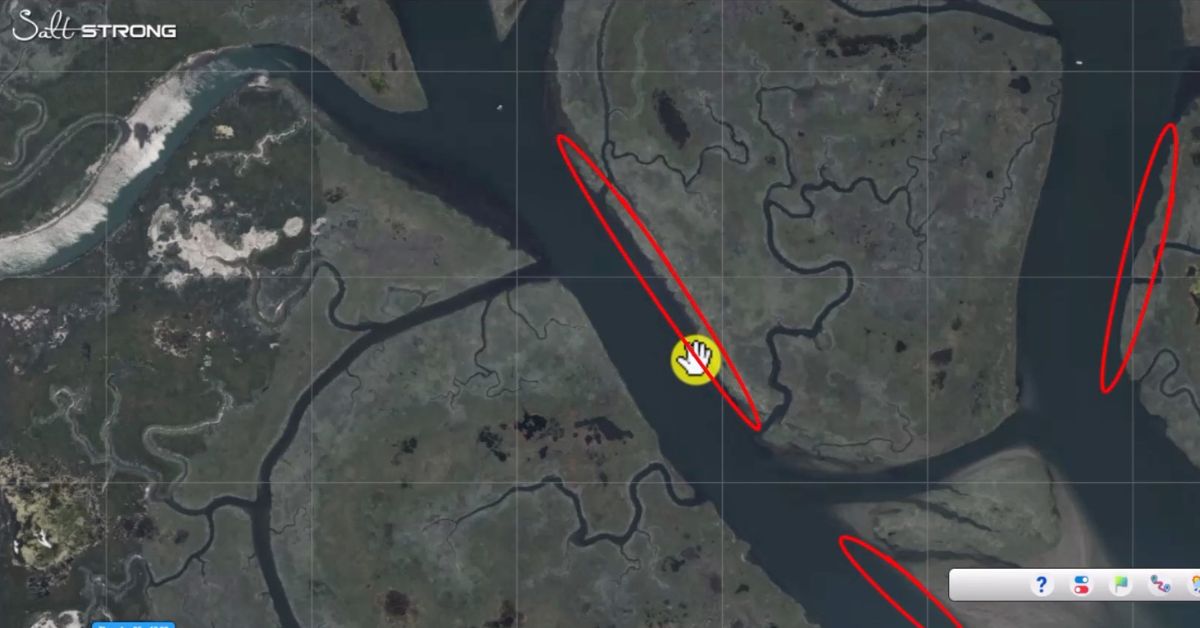
What is the actual impact of wind on wintertime inshore fishing?
Does it have a significant effect on your success?
In this video, I’ll draw connections between the wind and wintertime fishing patterns and how the 90/10 Zone will ultimately help you find more feeding fish.
Take a look!!
The Impact of Wind on Wintertime Inshore Fishing [VIDEO]



The 90/10 Rule states that 90% of the feeding fish are in 10% of the water on any given day.
So it becomes our job to know where that 10% zone is.
One factor that is hypercritical and often misunderstood is the impact of wind on winter fishing.
Specifically, the impact of the wind on water temperatures.
Water temperature is something to take note of all year-round, however, it is especially important in the wintertime.
As water temperatures drop, the fish will look for comfortable, stable conditions.
That means they will seek out deeper water where temperatures tend to stay consistent.
Water that is closer to the surface will drop along with the air temperature in the evenings.
But the deeper pockets of water remain habitable for inshore fish.
Oftentimes, you can predict where those fish are or where they will begin to feed based on where the water is warmest.
This is relative to the water in the area.
Smart Fishing Spots App Example
On the Smart Fishing Spots App, I have a marshland pulled up on the map with a main channel and small creeks extending outward.
Using the Shaded Relief Layer, we are also able to see the depth changes along the bottom of this entire area.
In our scenario, let’s say the wind is coming directly from the east and we’re fishing an outgoing tide.
With that said, the water will be forced from top to bottom out of the creeks and backwaters.
Now you have a wind-driven side of the channel and a wind-protected side of the channel.
In this scenario, the wind is coming from the east so our wind-protected shoreline is on the eastern side.
The wind will break as it comes off the land leaving calmer water to fish along the shoreline.
The wind-blown shoreline will be on the west side of the channel.
You can visibly see water being pushed toward the shore if you are fishing under these conditions.
So how does this help us???
The wind-protected water will not be churned up as much as the other side, and as a result, less warm or cold air is exchanged between water and air.
The opposite can be said for the wind-driven side.
There the wind is interacting with the water and exchanges warm or cold air with the water creating unstable conditions for inshore fish.
Water that is directly wind-driven will become colder faster than water that is wind-protected.
Conversely, the same premise holds true.
If the water is cold and warmer air is moving with the wind, the wind-protected shoreline will actually be colder than the wind-driven side because all the warm air is moving in that direction.
Conclusion
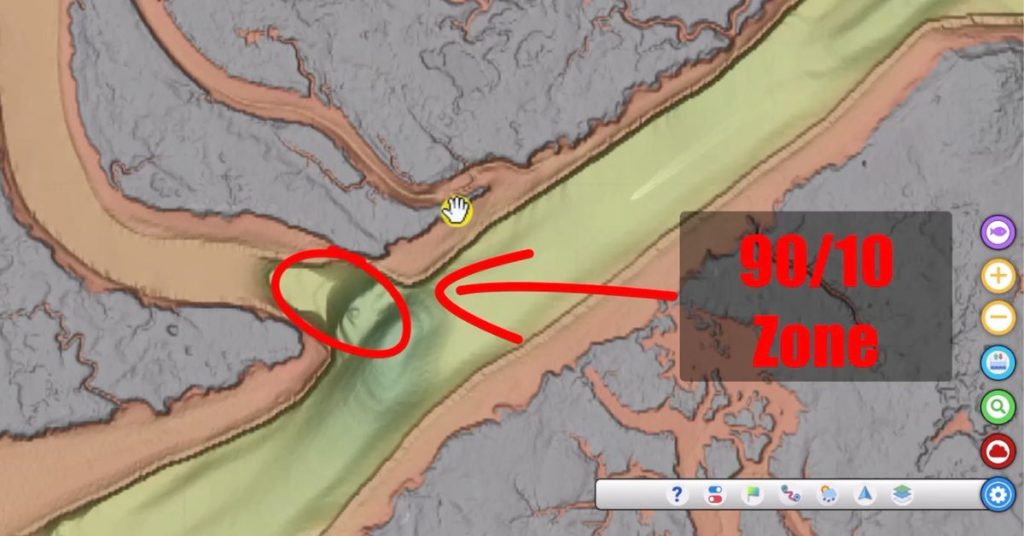
This small detail has a MAJOR impact on your inshore saltwater fishing success.
And it is often overlooked.
No matter where you are, take an extra look at the map to make sure you put yourself in the best position with the warmest water in the wintertime.
Are you struggling to catch fish in your local area?
The 90/10 Rule is particularly applicable in the wintertime, you’ve just got to know where to start.
That’s where we come in.
Want the 90/10 Fishing Recipe for YOUR local area?
Get your Custom 90/10 Recipe HERE!
Please go ahead and leave us a comment down below!!
Finding The Fish Help
In order to help make sure that you are targeting the right areas based on the latest feeding trends and upcoming weather forecasts, make sure to use the following 3 resources because they will save you a ton of time.
1. Weekend Game Plans (updated weekly)
These regional game plans will show you exactly what types of spots to target in under 10 minutes… just click the video to start, and you’ll be informed on what to do on your next trip.
2. Smart Fishing Spots Platform (updated every 15 minutes)
This exclusive software literally shows you where the most fish are likely to be feeding based on exactly when you’ll be fishing. It factors in the tides, wind, and weather to help you quickly see which areas to target throughout the day.
3. Community Reports (live feed)
The Insider Community platform is what you can use to see what is biting near you, and you can get to know other members who fish in your area. Plus, you can use it to keep a log of your catches so you can use past trips to help predict future catches.
Related categories:
STOP WASTING TIME ON THE WATER!
Do what the “SMART ANGLERS” are doing and join the Insider Club.
Here’s what you’ll receive today when you join:
- Weekly fishing reports and TRENDS revealing exactly where you should fish every trip
- Weekly “spot dissection” videos that walk you through all the best spots in your area
- Exclusive fishing tips from the PROS you can’t find anywhere else
- Everything you need to start catching fish more consistently (regardless if you fish out of a boat, kayak, or land).




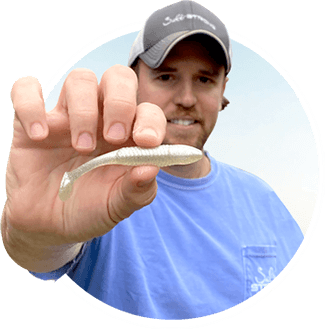
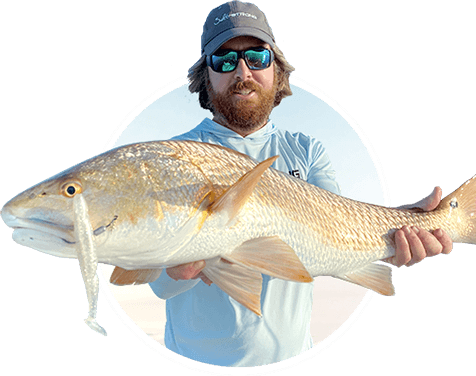
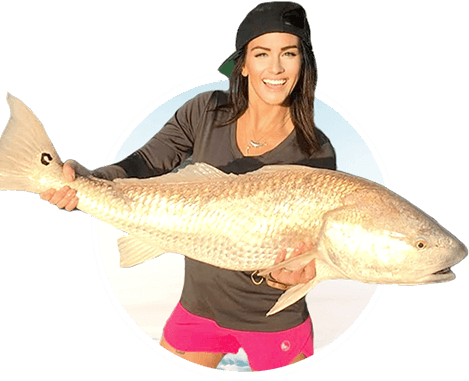
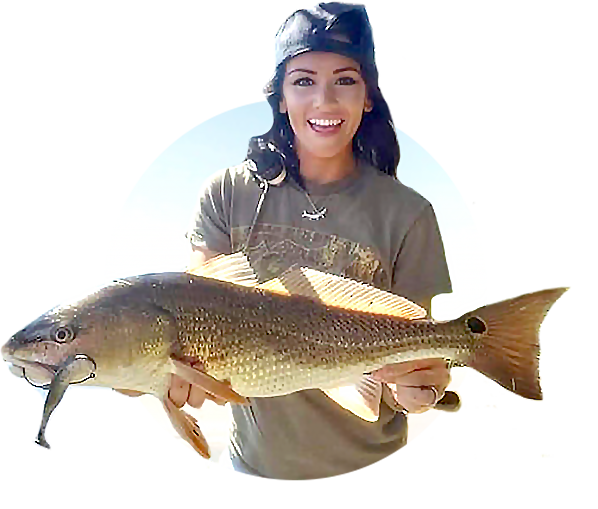
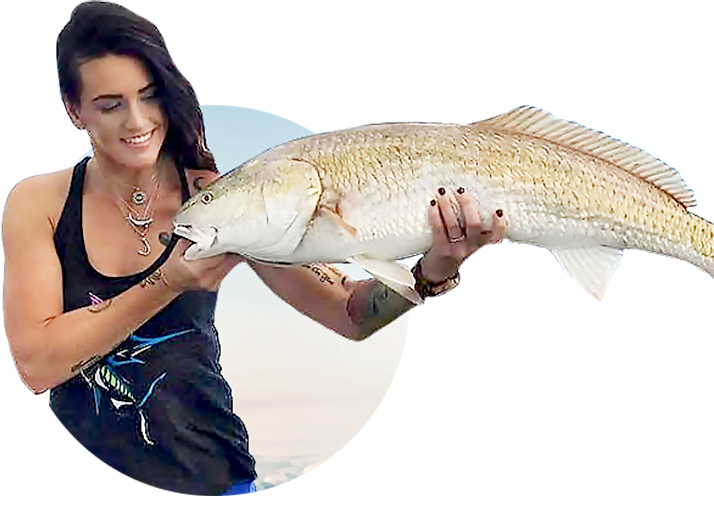
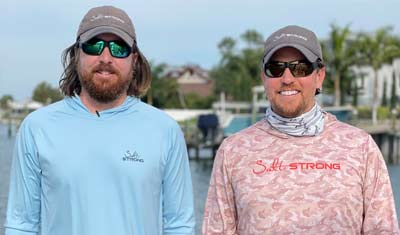
Your right Rich I have always found that water temps are important in inshore fishing especially in winter because I believe winter the water temps fluctuate more then in the warmer months of summer and finding the warmest water is crucial for best fishing success also I might add that each inshore fish has there own optimal temp zones where they feel the most comfortable and some species like snook or tarpon are very sensitive of cold water snook can die in water less then 70 degrees for any extended period of time seatrout and flounder both have probably the coldest water tolerances redfish are next but the 2 species that are in the area that you do your reports and dissection on the striped bass and the bluefish both love the cold water probably why here in fl the only time we catch them occasionally is about 98 percent in the wintertime very rarely in the summer months when the water is over the 60 degree mark anyways thanks for the intell and all you do😉👍
Thank you Steven! It’s amazing how the temperature fluctuations can impact the bite. You are correct about the striped bass. They do have a wide tolerance and they will still seek those small temperature differences.
That was great information now. I’m going to try it.
I hadn’t thought about when the air is warmer than the water. Thanks
This topic is often one that is overlooked…I sometimes overlook it myself!
Great info!
Thank you Stuart! I hope it is helpful.